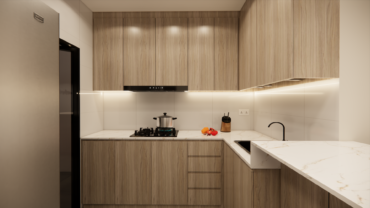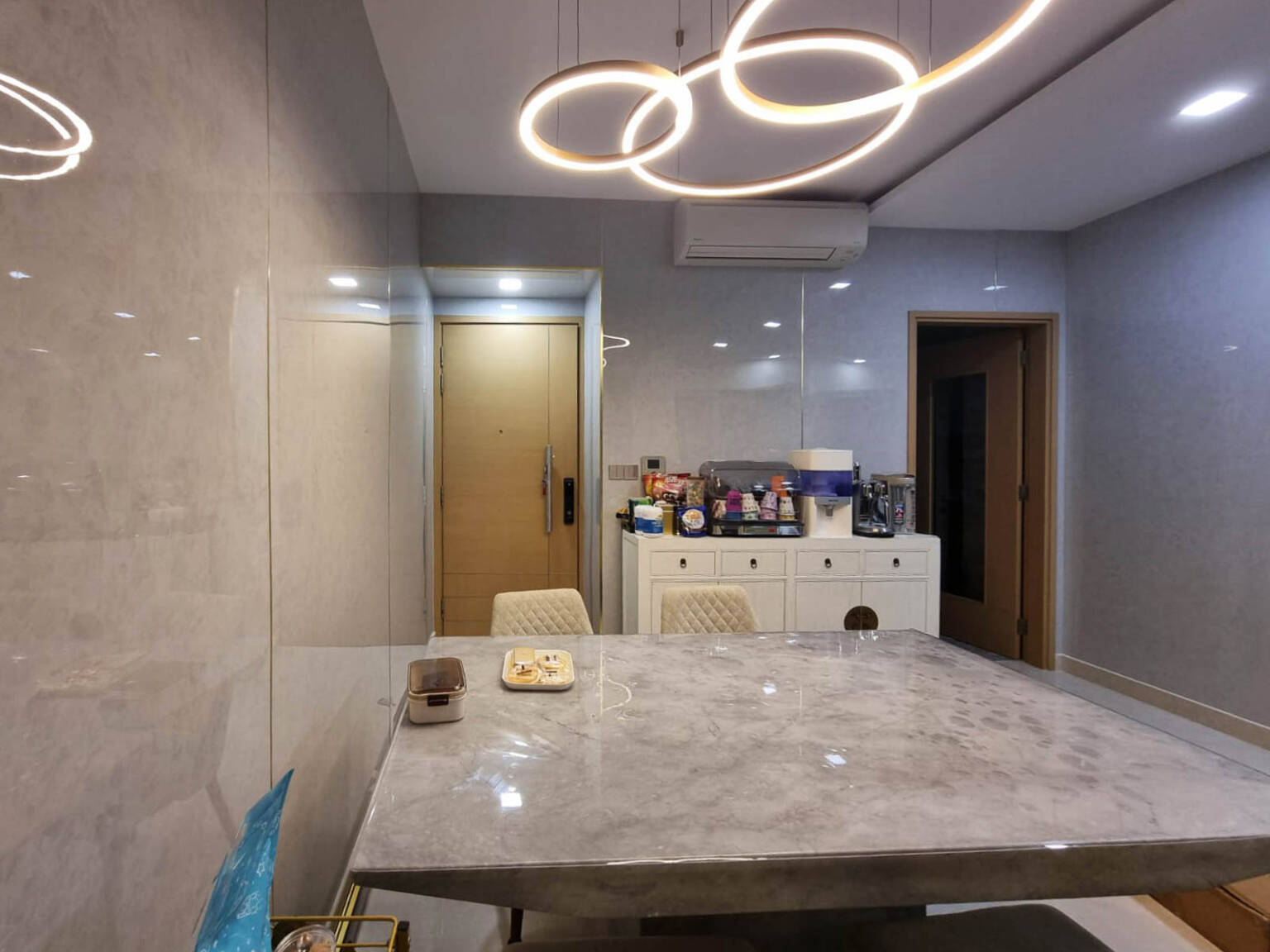Removing wallpaper can seem like a daunting task, especially if you’re worried about damaging your walls. However, with the right tools and techniques, you can remove wallpaper efficiently and safely. In this blog post, we’ll walk you through the step-by-step process to ensure your walls remain in great condition.


1. Gather Your Supplies
Before you start, make sure you have the necessary supplies:
- Drop cloths or plastic sheeting
- Painter’s tape
- Scoring tool
- Wallpaper scraper or putty knife
- Sponge or spray bottle
- Wallpaper removal solution (commercial or homemade: water and vinegar or water and fabric softener)
- Bucket
- Gloves and safety goggles
2. Prepare the Room
Proper preparation can help prevent damage to your floors and furniture:
- Move furniture away from the walls and cover the floor with drop cloths or plastic sheeting.
- Use painter’s tape to protect trim, baseboards, and electrical outlets.
3. Score the Wallpaper
Scoring helps the removal solution penetrate the wallpaper adhesive:
- Use a scoring tool to lightly perforate the wallpaper surface. Be careful not to press too hard to avoid damaging the wall underneath.
- Work in small sections, moving systematically across the wall.
4. Apply the Removal Solution
Soften the wallpaper adhesive for easier removal:
- Mix your wallpaper removal solution (either a commercial product or a homemade solution of equal parts water and vinegar, or water and fabric softener).
- Apply the solution generously to the scored wallpaper using a sponge or spray bottle.
- Allow the solution to soak in for at least 15-20 minutes to break down the adhesive.
5. Remove the Wallpaper
Carefully peel off the wallpaper to avoid damaging the walls:
- Start at a corner or seam and gently pull the wallpaper away from the wall.
- Use a wallpaper scraper or putty knife to assist with stubborn areas.
- Work slowly and patiently to avoid gouging or tearing the wall surface.
6. Clean the Walls
After the wallpaper is removed, it’s important to clean off any remaining adhesive:
- Wipe down the walls with a sponge and warm water to remove any leftover residue.
- For stubborn adhesive, you may need to use a mixture of water and mild detergent or a commercial adhesive remover.
- Rinse the walls with clean water and allow them to dry thoroughly.
7. Inspect and Repair
Check your walls for any damage or imperfections:
- Inspect the walls for any nicks, gouges, or other damage that may have occurred during the removal process.
- Use spackle or joint compound to repair any minor damage, and sand smooth once dry.
- Prime the walls before painting or applying new wallpaper to ensure a smooth, even finish.
Conclusion
Removing wallpaper doesn’t have to be a stressful or damaging process. By following these steps and taking your time, you can safely remove wallpaper and prepare your walls for their next transformation. Happy decorating!

Call to Action
Ready for more home improvement tips and tricks? Visit our website for additional resources and inspiration. Share your wallpaper removal successes with us—we’d love to see your progress!
